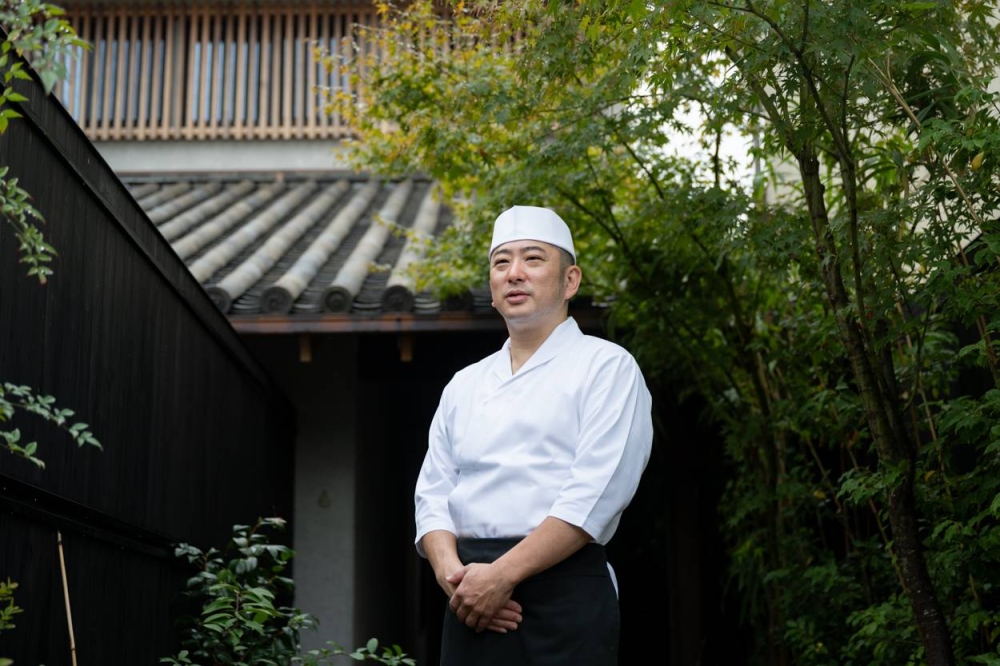Nara: Japan’s historic heartland is far better known as a tourist destination than for its gastronomy. As a World Heritage Site and the self-styled destination point of Asia’s fabled Silk Road, it is the Great Buddha statue and the sacred, free-roaming deer that most visitors make their way there for.
And yet the ancient city — it preceded Kyoto as the capital by more than three centuries — has been drawing a growing number of connoisseurs in recent years. They know that tucked away in the quiet, low-rise streets away from the touristy districts by Nara’s two railway stations, there are restaurants of serious quality. That is where you will find Tsukumo.
Chef Masato Nishihara moved to Nara in 2015 and soon won a growing reputation for the quality of his cooking. While steeped in the fundamentals of Japanese cuisine, he brought a refreshing vigor that seemed less hidebound by tradition. But it’s only since the pandemic that Tsukumo has fully blossomed.
Taking advantage of the downturn in business, in 2021 Nishihara moved into new, custom-built premises in a freestanding house that melds the best of modern and traditional architecture. Located on the southern fringe of Naramachi — the grid of commercial streets of the old town — this was much more than just a change of address. It was an opportunity to establish Tsukumo in a setting worthy of its sophisticated, creative cuisine.
Immersed in the culture of cuisine
For a traditional Japanese chef, Nishihara has a long and surprisingly eclectic resume. He says he was just 8 when, proud of his success in preparing an egg for his mother, he first wanted to become a cook. And by the time he was in junior high school, he knew exactly where he wanted to learn his craft.
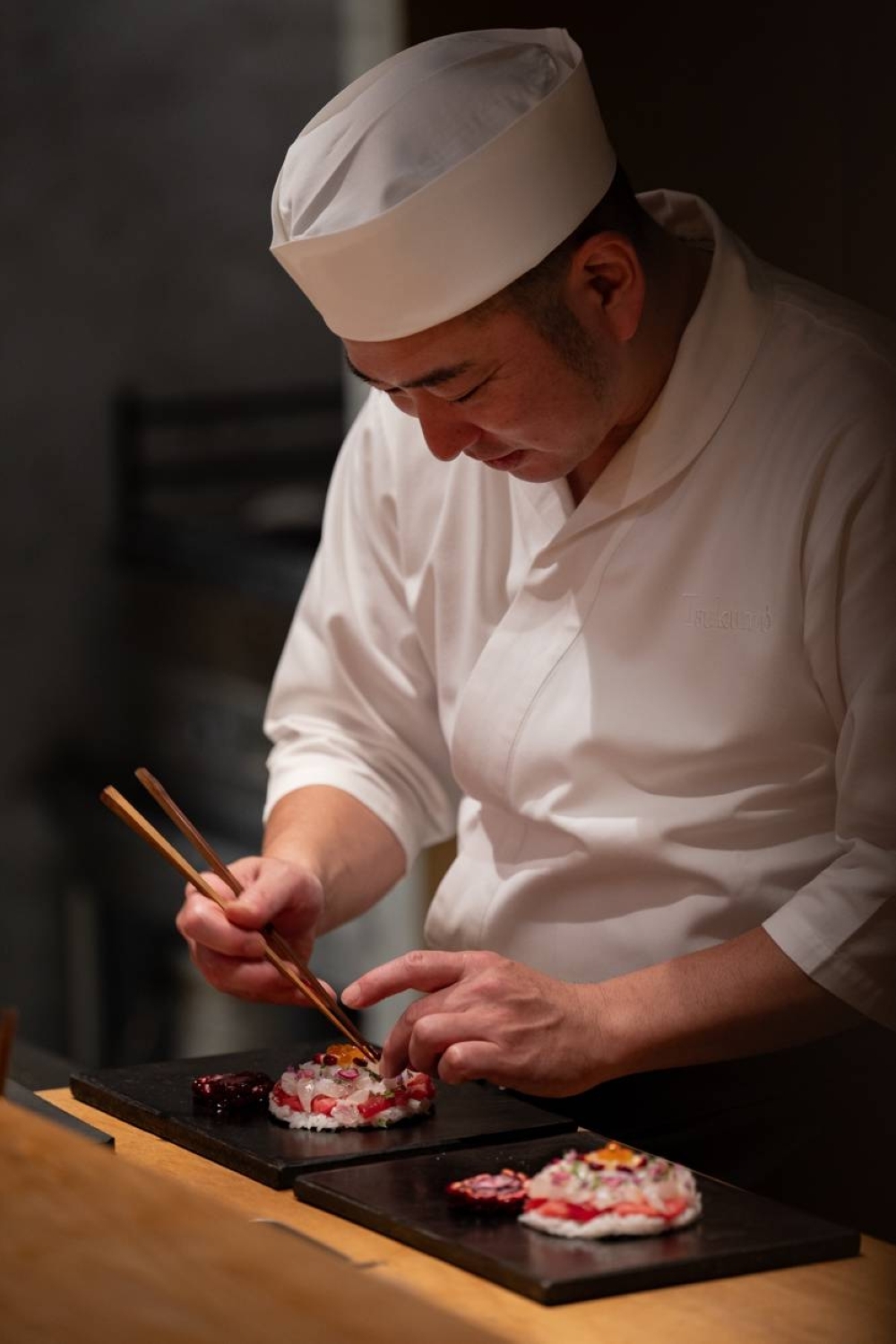
Chef Nishihara apprenticed for 10 years at Kyoto’s esteemed Kitcho Arashiyama and later spent six years abroad in New York and London.
| TAKAO OHTA
The decisive moment was when he was taken to a cousin’s wedding celebration held at Kitcho Arashiyama, generally considered Kyoto’s most esteemed ryōtei (exclusive high-end restaurant). Instantly, he says, his mind was made up: He would focus entirely on Japanese cuisine; and he only wanted to train at Kitcho.
The day after graduating from high school, he embarked on his apprenticeship. Over the next 10 years, he did much more than just learn about the Japanese kitchen. He was grounded in the depth of the wider culture that underpins Japanese kaiseki (formal multicourse cuisine) — an essential teaching of Kitcho’s legendary founder Teiichi Yuki.
Besides cleaning the premises, tending the garden, greeting customers and other daily duties, Nishihara studied the tea ceremony, traditional calligraphy and the ceramics that are such an essential element of both formal eating and drinking. He interacted with farmers and foragers. He also learned the humble yet profound craft of teuchi soba: preparing and cutting fresh, handmade buckwheat noodles. To this day, his soba remains a key element of the cuisine at Tsukumo.
New horizons, foreign pastures
After his 10-year apprenticeship at Kitcho came to a close, Nishihara moved to Toma, a restaurant serving soba kaiseki in Karuizawa, Nagano Prefecture. It was the next step on the path toward developing his own approach to high-end Japanese cooking.
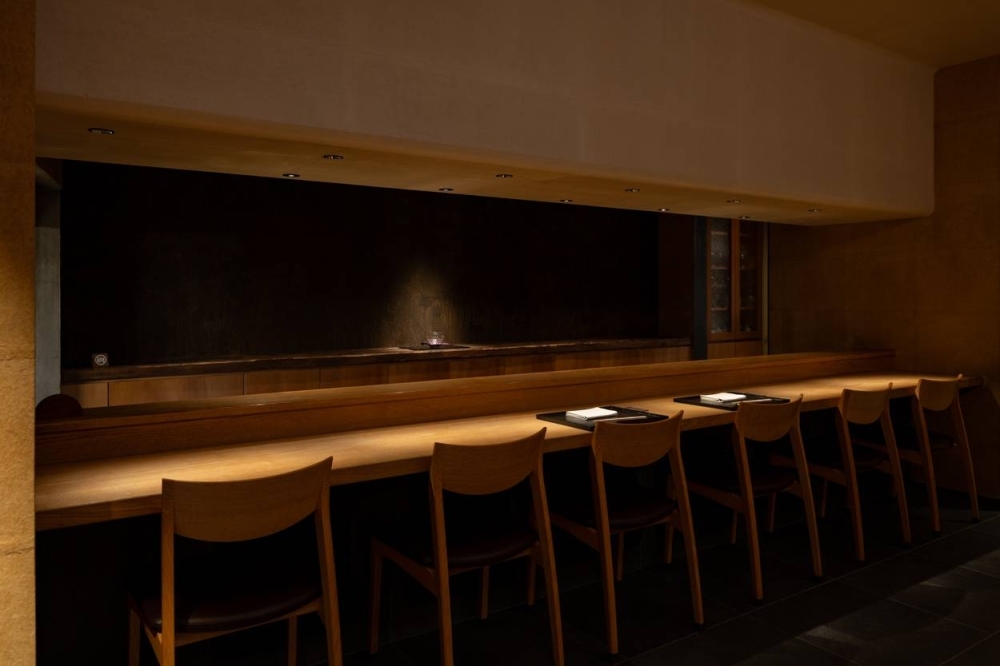
Tsukumo’s interior is a beautiful blend of the best traditional and modern Japanese architecture. Besides the six-seat counter, there is table seating for four more guests.
| TAKAO OHTA
In 2009, still in his early 30s, Nishihara was headhunted to become the opening chef at Kajitsu, a new restaurant in New York specializing in shōjin ryōri (Zen Buddhist vegetarian cuisine). Within a year, he was feted as one of the city’s Rising Star chefs, and the restaurant soon won two Michelin stars (in both 2011 and 2012).
After three years at Kajitsu, Nishihara moved on rather than back to Japan. His next stop was London and the city’s pre-eminent Japanese restaurant, Umu (at the time also with two Michelin stars). This was an opportunity for him to finally work alongside one of his mentors from his time at Kitcho, Yoshinori Ishii, now at Auberge Tokito in west Tokyo.
Nishihara says that the two stints abroad had a significant influence on his approach and cuisine. When he finally returned to Japan in 2015, he chose not to base himself back in Kyoto (or even his hometown, Fukuoka). Instead he chose Nara — for its antiquity, its proximity to nature and also its enduring sense of connection with overseas cultures from earlier times.
Silk Road influences
Nara’s historic peak in the eighth century came at the time when Buddhism was first being embraced in Japan, along with many other aspects of culture from the Asian mainland. To this day, there are relics from far away kept in the ancient Shosoin treasure house of Todaiji temple.
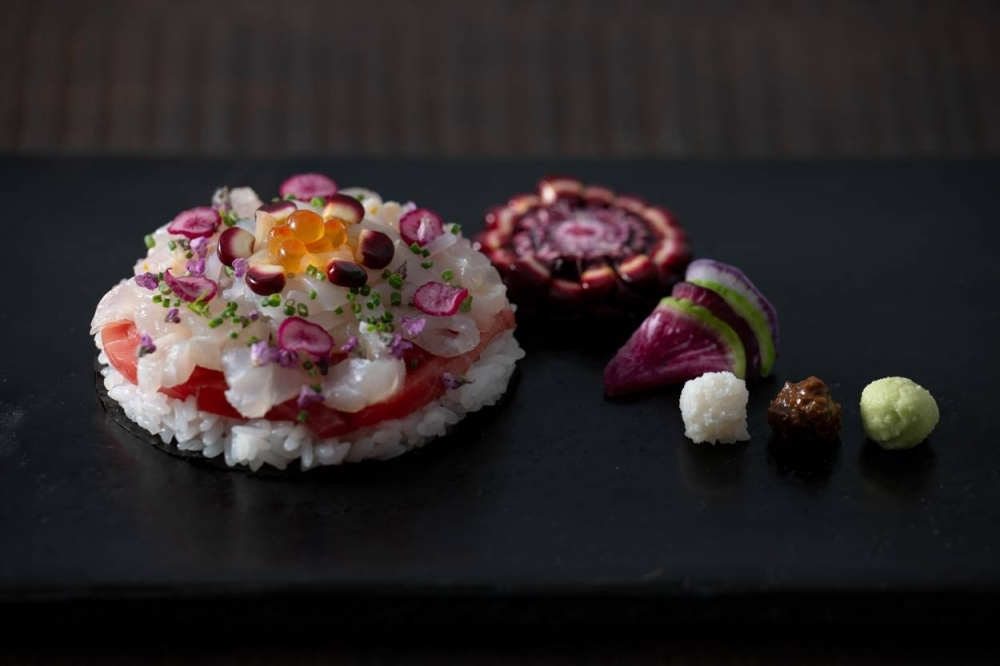
Inspired by the annual display of ancient artifacts from Nara’s Shosoin repository, chef Nishihara’s take on ‘chirashi-zushi’ depicts the design on a bronze mirror dating back some 1,300 years.
| TAKAO OHTA
This fall, the Nara National Museum held its 75th annual exhibition of Shosoin artifacts. Nishihara seized on this as a major theme and inspiration for his cuisine this year, which was reflected in one of the most impressive dishes in his autumn repertoire.
Based on the design on the rear of a bronze mirror decorated in mother-of-pearl and amber dating back some 1,300 years, it is Nishihara’s take on chirashi-zushi, the popular Kansai style of sushi in which seafood and other ingredients are arrayed on top of sumeshi (vinegared rice).
Starting with a flat circular base of rice, Nishihara builds up cuts of sashimi-grade akami maguro (lean tuna), prime uni (sea urchin), kue (grouper) and ikura (salmon roe), further decorating them with slivers of red radish, spring onion greens, pink shiso (perilla) florets and gleaming kernels of Yamato Rouge, a vibrant scarlet sweet corn cultivated locally.
Instead of the usual soy sauce and wasabi dips, he serves three small spheres of seasonings alongside this jewel-like creation. One is made from lactic-fermented rice; the next from hishio, an antecedent of soy sauce that predates shoyu; and the third is a ball of grated wasabi root.
It is a stunning dish, both visually and on the palate. But it was just one of a dozen dishes that featured in Nishihara’s multicourse autumn omakase (chef’s choice) cuisine. It is also one that he is unlikely to ever serve again in future, now that the Shosoin exhibition is over.
Seasons on the plate
Among the many remarkable dishes in Nishihara’s autumn repertoire, one in particular encapsulates the creativity and depth of inspiration he draws from.
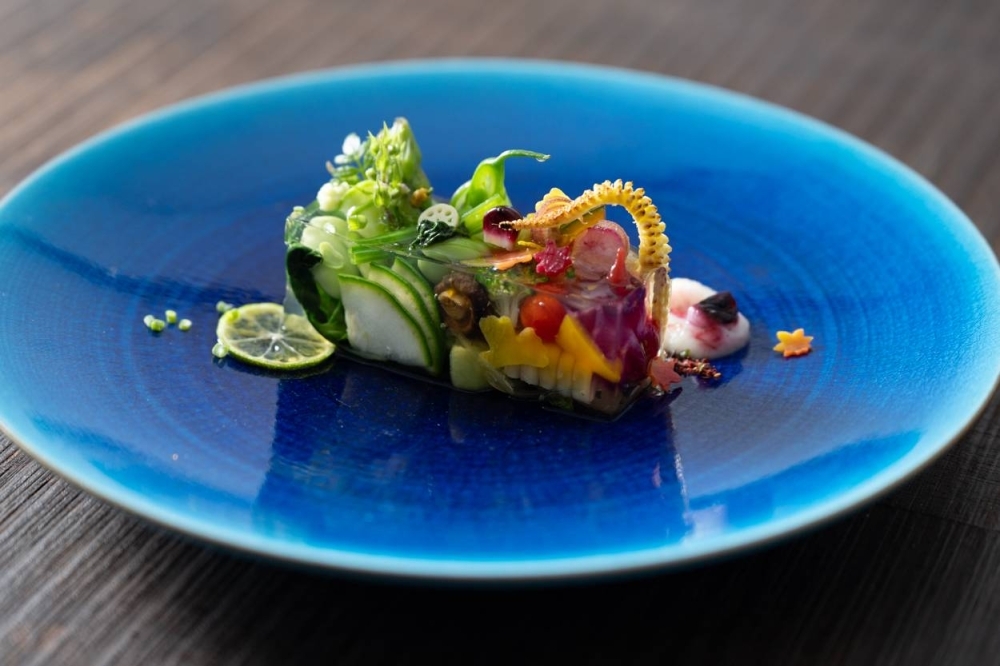
A gorgeous ‘nikogori’ (terrine) incorporating two dozen seasonal vegetables set in a ‘kanten’ (agar) jelly to evoke the sweep of the changing seasons across Japan from Okinawa in the south to Hokkaido in the north.
| TAKAO OHTA
Picture a perfectly formed rectangular block of kanten (agar) prepared from an umami-rich dashi stock, with more than two dozen different vegetables set into this seaweed jelly, many of them protruding from its upper surface. The kanten is transparent, highlighting the natural color of the ingredients within, which have been arranged in a gorgeous gradation of hues, from dark greens on the left to yellow, orange and purple on the right.
Served on a plate of bold cobalt blue, this is Nishihara’s representation of the changing seasons in Japan, from Okinawa in the south to Hokkaido in the far north. To provide both visual and taste references, he places a delicate slice of the subtropical prefecture’s signature shikuwasa citrus at one end; and a Hokkaido haskap (honeyberry) fruit at the other.
Nishihara’s name for this on the menu was Autumn Foliage Front Vegetable Terrine. Those who were fortunate enough to have dined at Tsukumo during the one-month period he was serving it are more likely to simply call it “unforgettable.”
Kaiseki cuisine is known for encapsulating the seasons through its dishes. But rarely are they presented in such vivid, living color. And just like the treasures inside the Shosoin repository, it is likely to be many years — if at all — before this dish is ever seen again at Tsukumo.

